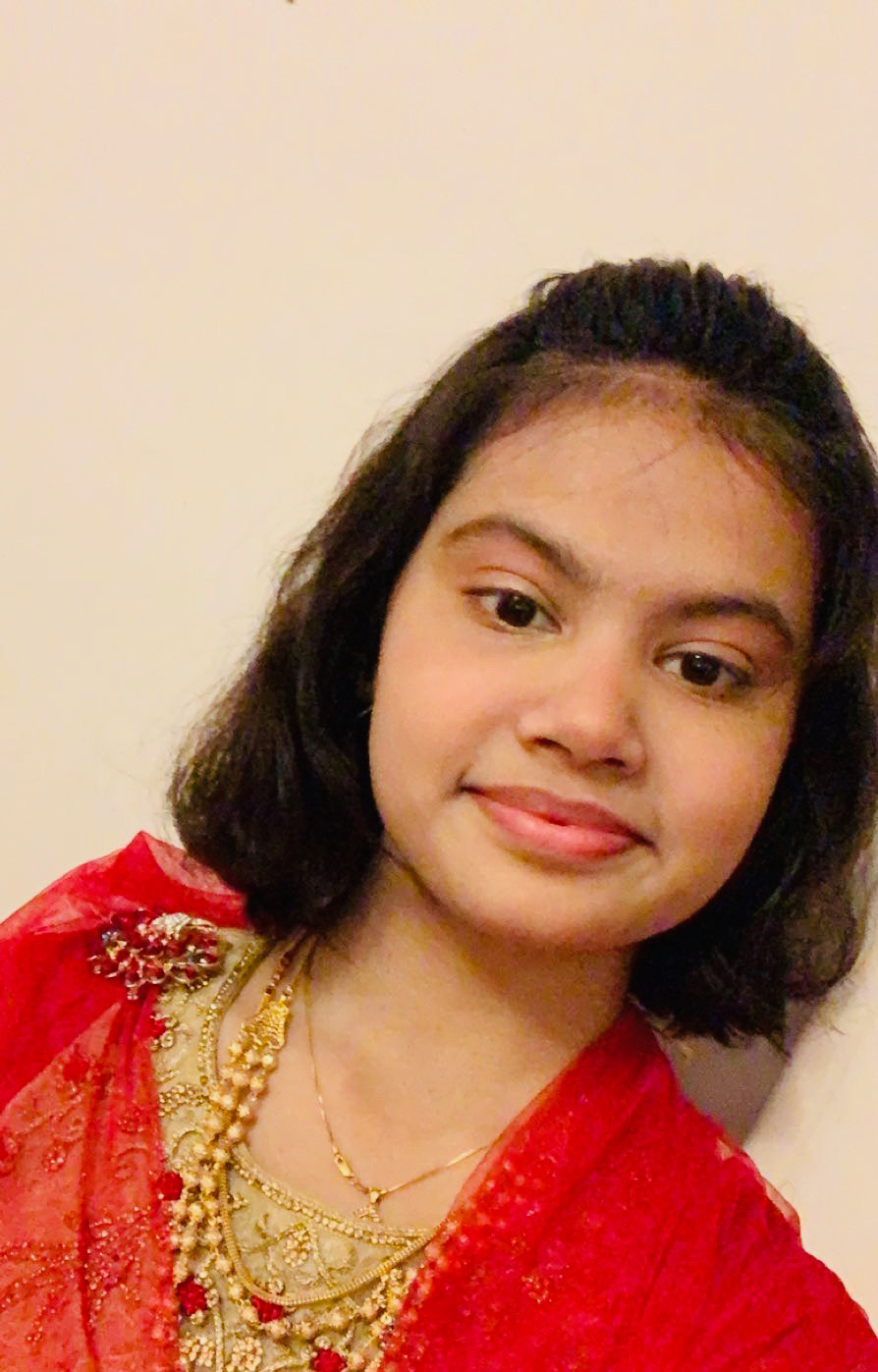Member Nation : Bangladesh

Bangladeshi American Community is a fairly new in Capital District area. Bangladeshis are honest, hard working and family oriented. Bangladeshi American have tremendous educational background, skill and ability. The children of these families needed to be well informed about their heritage, culture and religion. To achieve these goals we established a non-profit organization, OBAC in May 2008. We have more than 200 families in this area and number is growing. We welcome and encourage new families to socialize and support our community.
Ethnic Cuisine
White rice is the staple of Bangladeshi cuisine, along with many vegetables and lentils. Rice preparations also include Bengali biryanis, pulaos, and khichuris. Mustard sauce, ghee, sunflower oil and fruit chutneys are widely used in Bangladeshi cooking. Fish is the main source of protein in Bengali cuisine. The Hilsa is the national fish and immensely popular across Bangladesh. Other kinds of fish eaten include rohu, butterfish, catfish, tilapia and barramundi. Fish eggs are a gourmet delicacy. Seafood holds an important place in Bengali cuisine, especially lobsters, shrimps and dried fish. Meat consumption includes chicken, beef, mutton, venison, duck and squab. In Chittagong, Mezban feasts are a popular tradition featuring the serving of hot beef curry. In Sylhet, the shatkora lemons are used to marinate dishes. In the tribal Hill Tracts, bamboo shoot cooking is prevalent. Bangladesh has a vast spread of desserts, including distinctive sweets like Rôshogolla, Rôshomalai, Chomchom, Mishti Doi and Kalojaam. Pithas are traditional boiled desserts made with rice or fruits. Halwa is served during religious festivities. Naan, paratha, luchi and bakarkhani are the main local breads. Black tea is offered to guests as a gesture of welcome. Kebabs are widely popular across Bangladesh, particularly seekh kebabs, chicken tikka and shashliks. Bangladesh shares its culinary heritage with the neighboring Indian state of West Bengal. The two regions have several differences, however. In Muslim-majority Bangladesh, meat consumption is greater; whereas in Hindu-majority West Bengal, vegetarianism is more prevalent. The Bangladeshi diaspora dominates the South Asian restaurant industry in many Western countries, particularly in the United Kingdom.
Ethnic Clothing
The Nakshi Kantha is a centuries-old embroidery tradition for quilts, said to be indigenous to eastern Bengal (i.e. Bangladesh). The sari is the national dress for Bangladeshi women. Mughal Dhaka was renowned for producing the finest Muslin saris, including the famed Dhakai and Jamdani, the weaving of which is listed by UNESCO as one of the masterpieces of humanity's intangible cultural heritage. Bangladesh also produces the Rajshahi silk. The shalwar kameez is also widely worn by Bangladeshi women. In urban areas some women can be seen in western clothing. The kurta and sherwani are the national dress of Bangladeshi men; the lungi and dhoti are worn by them in informal settings. Aside from ethnic wear, domestically tailored suits and neckties are customarily worn by the country's men in offices, in schools and at social events.
Tourist Attractions
The beach in Cox's Bazar, with an unbroken length of 120 km (75 mi), it is the longest natural sea beach in the world Bangladesh's tourist attractions include historical and monuments, resorts, beaches, picnic spots, forests and tribal people, wildlife of various species. Activities for tourists include angling, water skiing, river cruising, hiking, rowing, yachting, and sea bathing.
Reference Links
Gallery

